Alkaline Earth Metals:
The elements Beryllium (Be), Magnesium (Mg), Calcium (Ca), Strontium (Sr), Barium (Ba) and Radium (Ra) constitute group 2 of the long form of the Periodic table and are collectively known as Alkaline earth metals or Alkaline earths. These are named so because oxides of Ca, Sr and Ba (known even in ancient times) are found in earth’s crust and when dissolved in water, they form hydroxides which are alkaline in nature. These elements (Ca, Sr and Ba) are placed along with Be, Mg and Ra in 2nd group and the term Alkaline earth metals is still commonly used for 2nd group elements. The last element of the group i.e. Radium is highly radioactive in nature.
General Trends in Physical Properties of Alkaline Earth Metals:
(i) Electronic Configuration- Alkaline earth metals contain 2 electrons in s-orbital of their outermost shell and therefore, their general outer electronic configuration is ns2, where n = 2 to 7.
| Element / Symbol | Atomic Number | Electronic Configuration |
|---|---|---|
| Beryllium, Be | 4 | 1s2, 2s2 or [He] 2s2 |
| Magnesium, Mg | 12 | 1s2, 2s2 2p6, 3s2 or [Ne] 3s2 |
| Calcium, Ca | 20 | 1s2, 2s2 2p6, 3s2 3p6, 4s2 or [Ar] 4s2 |
| Strontium, Sr | 38 | 1s2, 2s2 2p6, 3s2 3p6 3d10, 4s2 4p6, 5s2 or [Kr] 5s2 |
| Barium, Ba | 56 | 1s2, 2s2 2p6, 3s2 3p6 3d10, 4s2 4p6 4d10, 5s2 5p6, 6s2 or [Xe] 6s2 |
| Radium, Ra | 88 | 1s2, 2s2 2p6, 3s2 3p6 3d10, 4s2 4p6 4d10 4f14, 5s2 5p6 5d10, 6s2 6p6, 7s2 or [Rn] 7s2 |
(ii) Density- Alkaline earth metals are denser than corresponding alkali metals because of their smaller atomic radii. However, it decreases slightly up to Ca and then increases with the rise in atomic number.
(iii) Hardness- Alkaline earths are also soft but are harder than alkali metals. Their hardness gradually decreases with the increase in atomic number.
(iv) Atomic radii and Ionic radii- The atomic radii of alkaline earth metals are smaller than those of alkali metals due to their higher nuclear charge. On moving down the group from Be to Ra, the atomic radii show an increasing trend due to an increase in the number of electronic shells. Example- Be (o.89Å), Ba (1.98Å).
Like atomic radii, ionic radii also increase as we move down the group from Be to Ra. The ionic radii of these elements are quite large but smaller than corresponding alkali metals because of their increased nuclear charge.
(v) Melting points and Boiling points- The melting points and boiling points of alkaline earth metals do not show regular trend on moving down the group. However, their melting points and boiling points are higher than those of alkali metals due to strong metallic bonding.
(vi) Ionisation energy- The ionisation energy of alkaline earth metals are comparatively higher than alkali metals because of their small size. However, on moving down the group from Be to Ra, the ionisation energy goes on decreasing due to an increase in atomic size. Further, the second ionisation energy (IE2) is greater than the first ionisation energy (IE1) because greater energy is required to remove the second electron from a positively charged ion than from a neutral atom. Example- IE1 of Be = 900 KJ/mole and IE2 = 1757 KJ/mole.
(vii) Electronegativity- Alkaline earth metals have low values of electronegativity due to their large atomic size and on moving down the group from Be to Ra, it goes on decreasing. This shows that Alkaline earths are highly electropositive in character (metallic in nature) which increases on moving down to the group.
(viii) Oxidation State- Alkaline earth metals have a strong tendency to lose both the outer s-electrons in order to acquire the stable configuration of a nearest noble gas. Therefore, alkaline earths are divalent in nature and exhibit an oxidation state of +2 in their compounds i.e. M – 2e– ——–> M2+.
(ix) Flame Colouration- Alkaline earth metals and their compounds impart characteristic colour to the flame because of their low ionisation energy due to which the electrons jump to higher energy levels. When these excited electrons return to a ground state, the absorbed energy is emitted in the form of radiations having definite wavelengths. Be and Mg do not impart any colour to the flame because of their small atomic size due to which electrons can not be raised to a higher energy level. Example- Ca- Brick red, Sr- Crimson red, Ba- Grassy green.
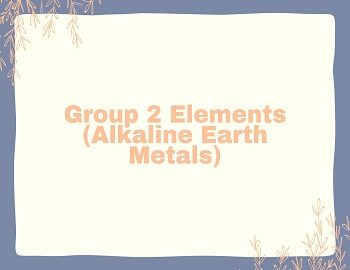
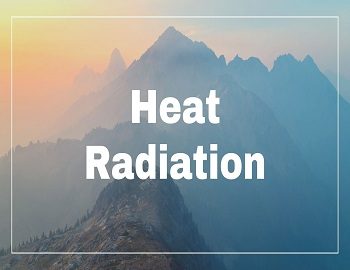

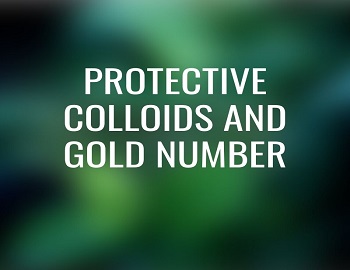


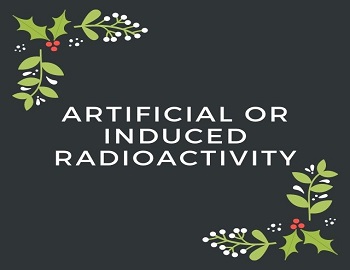
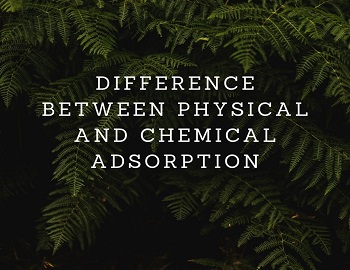

Comments (No)